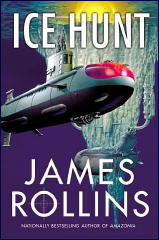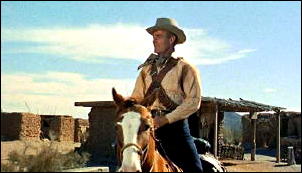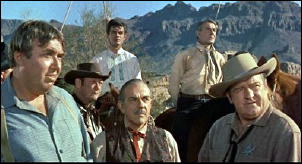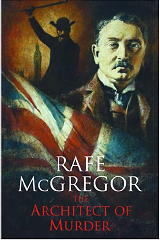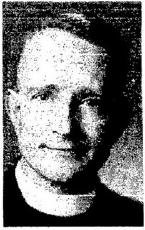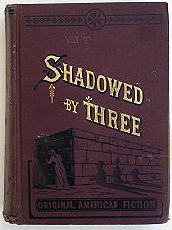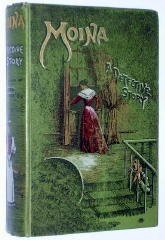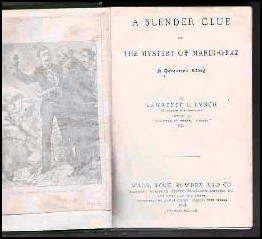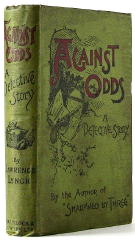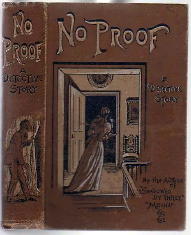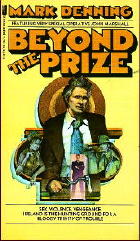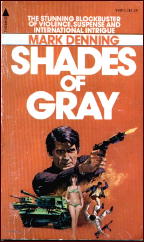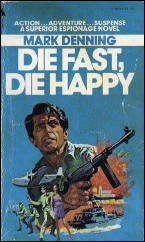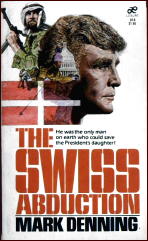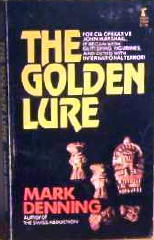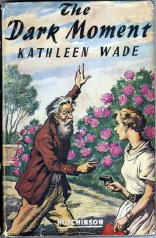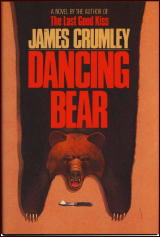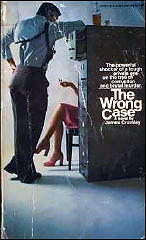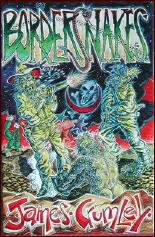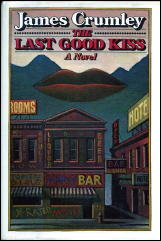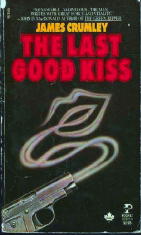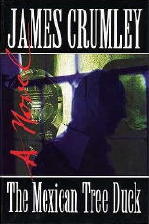THE GOLDEN AGE OF BRITISH MYSTERY FICTION, PART IV
Reviews by Allen J. Hubin.
Hal Pink’s obscurity in this country is total. None of his thirteen books from 1932 to 1941 was published here, and I think Pink escapes notice in every commentary on the genre known to man or beast.
So at least I wasn’t over-expectant in approaching The Strelson Castle Mystery (Hutchinson, 1939), but it turned out to be a cheerful, fast and gratifying read. No detective story, this; it’s a thriller, with bad guys and good guys clearly identified at the outset.
The good guys are a trio of bachelors, vacationing in Europe’s vest-pocket kingdom of Zovania. The bad guys are trying to grab control of a mysterious fortune, apparently hidden somewhere in Zovania’s titular castle, which has just been inherited by beautiful British opera star Coralie Mayne.
The fun begins at the Zovanian border, and then it’s pell mell action all the way, in two batches – since the chief villain, vanquished once, brews another rotten scheme and surfaces again in his sewer.
Burford Delannoy wrote a number of volumes of crime fiction around the turn of the century, some of which are collections of detective short stories and vanishingly scarce. Denzil’s Device (Everett, 1904) is one of his novels and, for all its antiquity and stylistic peculiarity, it surprised me with its effectiveness, especially in the portrayal of odious villainy.
The peculiarity lies in a pronounced tendency toward subjectless sentences (the subject of the previous sentence applies but is left unstated); this is compensated for by a wryly humorous turn of phrase. And while the basic outcome is fairly well assured from the outset, some uncertainty and suspense about details develops.
Denzil is wealthy and evil. He lusts after the daughter of a judge, but she rejects him for an actor. Denzil’s device is a scheme to acquire the girl (willingly or not) and revenge himself upon the actor. For his purposes he makes use of a murderous lowlife and an embittered mimic; for his downfall the careful attentions of Detective Doyle and colleagues must be praised.
My only reading of the works of Annie Haynes involves The Blue Diamond (Lane, 1925), which I found effective — surprisingly effective, even, in creating complexity and mystification and in arousing my interest.
We meet the wealthy and titled Hargreaves, whose estate lies near Lockford in Devonshire, and who own the titular gem. A beautiful young woman, afraid and bereft of her memory, is found one night on the estate. The Hargreaves allow the woman to make the manor her home until her memory returns, or until her family can be traced.
She soon wins the hearts of most of the household, especially that of Sir Arthur, the impressionable male head of the line who is just reaching his majority. No trace of the woman’s earlier existence can be found; her memory does not return. She stays on, and Sir Arthur’s swoon deepens.
Not everyone, however, finds her credible, and the disappearance without trace (apparently through locked doors) of a nurse brought in to aid her recovery casts a pall on the manor. And brings in the police…
NOTE: Go here for the previous installment of this column.
[EDITORIAL UPDATE] 04-13-09. There are few authors so obscure that no one recognizes their name. In spite of the fact that not a single one of Hal Pink’s fourteen mysteries is offered for sale online right now — I just looked — Bill Pronzini had this to say when this set of reviews first appeared:
“One minor point in re Hal Pink: It’s true that none of Pink’s novels was published here in book form, but he was published in the U.S. A handful of his short stories appeared in such magazines as Mystery (The Illustrated Detective Magazine) and Street & Smith Detective Story in the early 30s. Pretty good stories, too.”
Steve again: There’s nothing like a comment like that to prompt a checklist. I’ve come up with three stories from US magazines, but if someone more knowledgeable than I knew more about the British pulps than I do, I would expect the list to be a whole lot longer.
The Blond Raffles, Mystery, February 1934.
Bat Island, Mystery, March 1934.
The Fires of Moloch, Detective Story Magazine, September 1939.
Some time later, I heard from Christine Craghill, a relative of Mr. Pink’s whom I corresponded with for a while. I’ve lost contact with her, so I haven’t asked, but I hope she doesn’t mind my reprinting some of the information she found out about him. I’ve left out a good deal, but this is the essential data:
“Hal’s real name was Harry Leigh Pink (Leigh being his middle name, given in respect of his step grandfather Edmund Leigh) and he was born in 1906 on the Wirral Peninsular in Cheshire, England. He was the son of my grandfather’s brother Frederick Pink and his wife Ethel. So I was right with my first hunch about him, he was my father’s cousin and therefore my second cousin. […] He died in Bakersfield [California] in 1973.”
In her first email to me, Christine thought that Hal Pink’s name was really Percy Pink, which is the information that’s given in Part 31 of the online Addenda to the Revised Crime Fiction IV, by Allen J. Hubin. This she corrected in a later email, having discovered that Hal and Percy were actually brothers.
One last note: Hal Pink’s The Test Match Mystery (1941) is mentioned very briefly by Marv Lachman in an article he wrote called “A Yank Looks at Cricket and the Mystery Story.” Worth a look, I think, if you haven’t seen it before.
